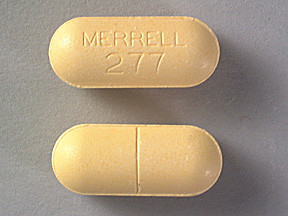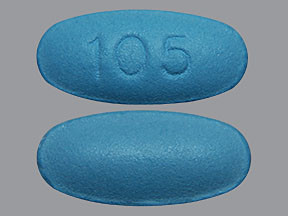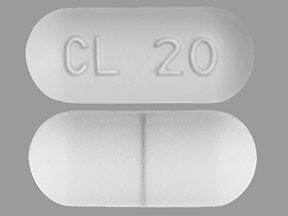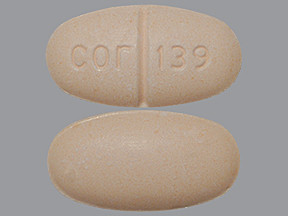METHENAMINE - ORAL
PHONETIC PRONUNCIATION: (meth-EN-a-meen)
COMMON BRAND NAME(S): Hiprex, Mandelamine, Urex
GENERIC NAME(S): methenamine hippurate
Uses
USES: Methenamine is used to prevent or control returning urinary tract infections caused by certain bacteria. It is not used to treat an active infection. Other antibiotics must be used first to treat and cure the infection. Methenamine is an antibiotic that stops the growth of bacteria in urine. This medication also contains an ingredient that helps to make the urine acidic. When the urine is acidic, methenamine turns into formaldehyde to kill the bacteria. This antibiotic is effective only against bacterial infections in the urinary tract. It will not work for other types of bacterial infections (such as in the blood) or for viral infections (such as the common cold or flu). Unnecessary use or misuse of any antibiotic can lead to its decreased effectiveness.
How to use METHENAMINE - ORAL
HOW TO USE: Take this medication by mouth as directed by your doctor. Dosage is based on the brand of methenamine you are prescribed, your medical condition, and your response to treatment. For children, dosage is also based on age and weight. Methenamine works better if your urine is more acidic. Your doctor may test the acidity of your urine (urine pH). If necessary, your doctor may recommend ways to increase urine acidity (such as by taking vitamin C/drinking cranberry juice, limiting foods that decrease acidity/increase alkalinity such as milk products/most fruits, adjusting alkalinizing medications). See also Drug Interactions section. Follow your doctor's instructions. For the best effect, take this antibiotic at evenly spaced times. To help you remember, take this medication at the same time(s) every day. Continue to take this medication for the full time prescribed, even if you feel well. Skipping doses or stopping the medication too early may allow bacteria to continue to grow, which may result in a return of the infection and make the bacteria more difficult to treat (resistant). Do not take more of this drug than directed because it may increase your chance of side effects. Tell your doctor if symptoms of a urinary tract infection return (such as burning/painful/frequent urination).
Side Effects
Precautions
Interactions
Overdose
Images
Reviews
Faq for METHENAMINE - ORAL
Methenamine oral is used to prevent or treat urinary tract infections caused by certain bacteria.
Methenamine oral works by releasing formaldehyde in the urine, which kills bacteria and helps prevent the growth of infection-causing bacteria in the urinary tract.
Common side effects of methenamine oral may include stomach upset, nausea, vomiting, diarrhea, and bladder irritation. In rare cases, it may cause more serious side effects such as blood disorders or kidney problems.
Methenamine oral should be taken exactly as prescribed by your doctor. It is usually taken with food to minimize stomach upset. It is important to drink plenty of fluids while taking this medication to help prevent urinary tract infections.
It is generally recommended to avoid alcohol while taking methenamine oral as it may increase the risk of certain side effects such as liver damage.
It is important to consult with your doctor before taking methenamine oral if you are pregnant or breastfeeding, as it may have certain risks or considerations.
Methenamine oral may interact with certain antibiotics, antacids, and other medications. It is important to inform your doctor about all the medications, supplements, and herbs you are taking before starting methenamine oral.
Methenamine oral may take a few days to start working. It is important to complete the full course of treatment as prescribed by your doctor, even if symptoms improve.
Methenamine oral may be used in children, but the dosage and safety should be determined by a pediatrician.
Disclaimer
IMPORTANT: HOW TO USE THIS INFORMATION: This is a summary and does NOT have all possible information about this product. This information does not assure that this product is safe, effective, or appropriate for you. This information is not individual medical advice and does not substitute for the advice of your health care professional. Always ask your health care professional for complete information about this product and your specific health needs.





No Reviews Yet